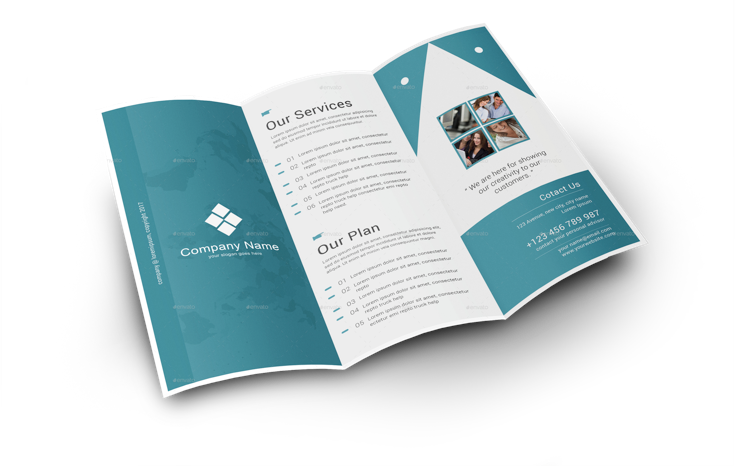First Aid for Receivables: Where do you start? [1 of 3]
Don’t discount the importance of “cleaning up” your aging report. To truly be able to collect the maximum amount of money and do it in a timely manner, you need to start with an accurate aging report and account activity detail. This is not for the faint of heart since it can take a significant amount of time.
There are many reasons why resident accounts can get mixed up. Some of these can include staff turnover, lack of training, incorrect software setup or cash being posted incorrectly, to name a few.
Common Sense Required
The person doing the account analysis needs to be someone with common sense. They need to be able to look at the aging and make a cost/benefit determination to see if each balance is worth the time and effort to analyze. There will be several very small balances that can typically be adjusted without much research. On the other hand, balances involving larger dollar amounts and several payers can be very time consuming.
Identifying needed adjustments include offsetting amounts of debits and credits, analyzing credit balances, and looking for patterns.
Start With the Offsets
Start working the offsets. A word of warning; never start adjusting the offsets unless you have looked at the account and are sure it is a true offset. Adjusting accounts without verification can, and usually will, result in an even worse mess than if adjustments had never been made.
Review your aging report and make note of those people who have charges on one payer under one month and credits under that same payer in a different one. This is usually due to cash being posted to the incorrect period. A quick review of the remittance advice should clear this up.
Look for residents who have a charge and a credit under another payer for the same month and the same or similar amounts. These are often due to Medicare coinsurance, insurance deductibles and copay not being adjusted correctly. Other common causes include cash posted to the wrong payer and Medicaid patient liability changes that have not been adjusted in the system.
Watch Credit Balances
The next thing to look for is those accounts that have credit balances. It is surprising how often a credit balance shows on an account when there is actually money due. Very rarely do Medicare, Medicaid or insurance companies overpay a claim. We often see that a credit balance is due to a software setup or user error, and a mere adjustment to recognize the revenue will correct the balance.
Look for Patterns
You may be able to clean up several accounts at once if you can recognize patterns. We had a client with a large number of identical, or nearly so, insurance balances on resident accounts. It turned out to be a rate increase from a managed care provider that was not updated in the client’s billing system.
You may be surprised to find that these same patterns can be opportunities to collect cash. A common example is when Managed Care repeatedly pays at incorrect level rates. Say you bill Level 2 at $350/day and they reimburse you at Level 1 for $250/day, you may see several balances of $100. These underpayments should be caught as the cash is posted, but it is often not the case. A good review process will catch this so you can get paid at the correct higher rate.
The same is true when you are paid 1 day short of what was billed, showing balances equal to your daily rate. It can be surprising how often that missing day will be paid when you are persistent.
Cleaned Aging
The advantages of cleaning up the aging can reap benefits beyond making the collection process easier. Once the aging is cleaned up you are free to start collecting the money quicker and maximizing the amount of cash received! Once the aging is in shape it is just as important to make sure you have systems in place to keep it that way.
Don’t go into an account with any expectations, let the numbers and notes take you to the correct conclusion.
[ Read the next part of the series “First Aid for Receivables: Interpret the Aging Report”]

5 ways to increase your revenue without adding a single resident
Chances are that you’re leaving revenue on the table. This quick resource guide will help ensure that your office is getting the most from your existing business so you can maximize your revenue without adding a single resident.

